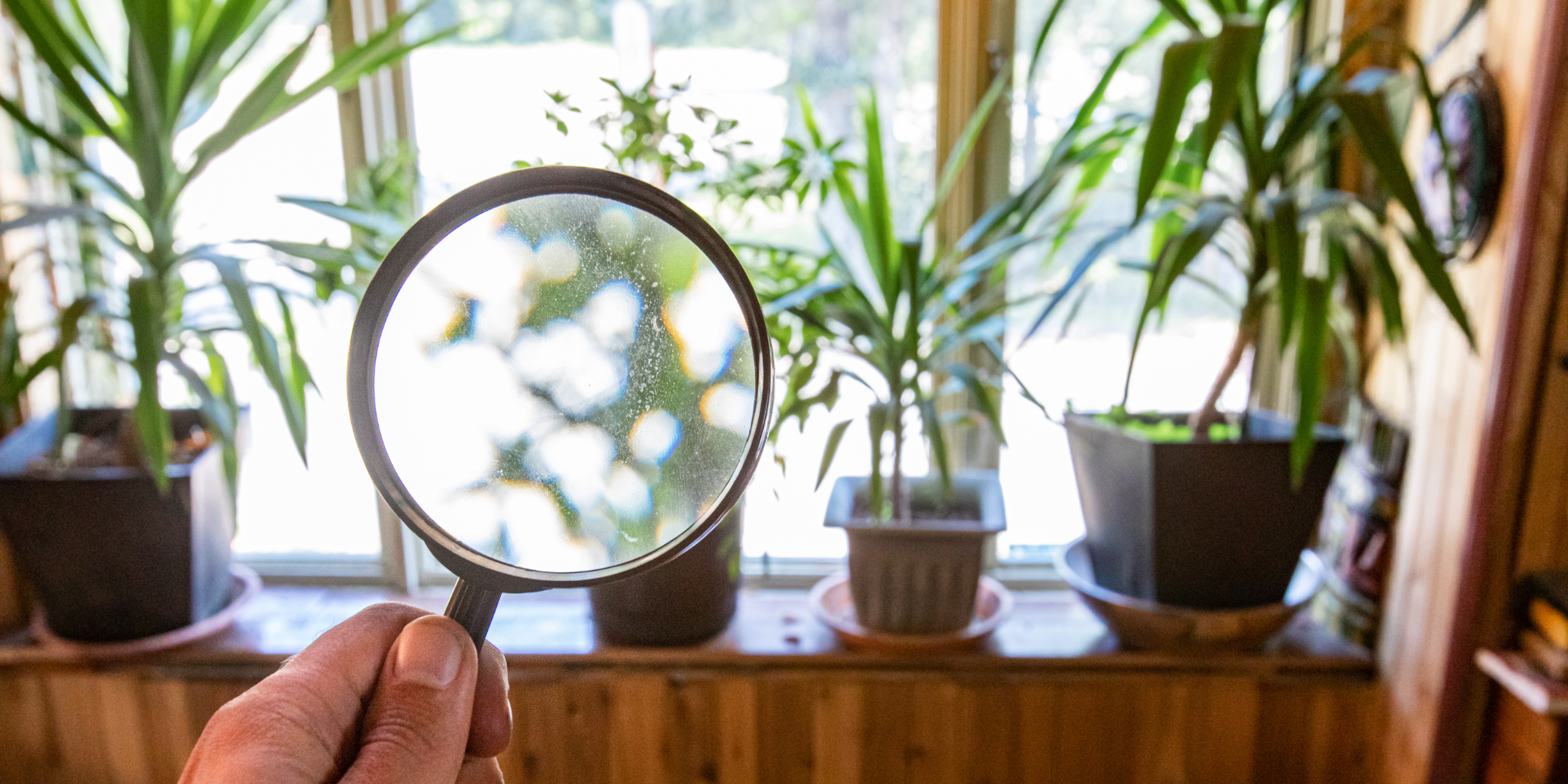Affordable Ways to Improve Your Home's Indoor Air Quality
In our quest for a healthier home environment, we often overlook the quality of the air we breathe indoors. Poor indoor air quality can lead to a host of health issues, including respiratory problems, allergies, and even more serious conditions over time. While investing in expensive air purifiers and filtration systems might seem like the only solution, there are actually plenty of affordable ways to enhance your home's indoor air quality. In this blog post, we'll explore some simple and cost-effective strategies to breathe easier and create a healthier living space for you and your family.
Keep it Clean:
Regular cleaning is one of the most effective ways to improve indoor air quality without breaking the bank. Dust, pet dander, and other allergens can accumulate on surfaces and in carpets, contributing to poor air quality. Make sure to vacuum carpets and rugs frequently, dust surfaces, and mop floors regularly to reduce the buildup of pollutants.
Maximize Ventilation:
Proper ventilation is crucial for maintaining good indoor air quality. Opening windows and doors whenever possible allows fresh air to circulate throughout your home, flushing out indoor pollutants and replenishing oxygen levels. Additionally, installing exhaust fans in kitchens and bathrooms can help remove moisture and odors, preventing mold growth and improving air quality.
Bring in Plants:
Houseplants not only add beauty to your home but can also act as natural air purifiers. Certain plants, such as spider plants, peace lilies, and snake plants, are known for their ability to remove toxins like formaldehyde, benzene, and xylene from the air. Adding a few indoor plants to your living space can significantly improve indoor air quality at a minimal cost.
Control Humidity:
High humidity levels can promote mold growth and create an environment conducive to dust mites and other allergens. Invest in a dehumidifier to maintain optimal humidity levels (around 30-50%) in your home, especially in damp areas like basements and bathrooms. By controlling humidity, you can reduce the risk of mold and mildew and improve overall air quality.
Avoid Synthetic Fragrances:
Many household cleaning products, air fresheners, and personal care items contain synthetic fragrances and volatile organic compounds (VOCs) that can pollute indoor air. Opt for natural, fragrance-free alternatives or make your own cleaning products using simple ingredients like vinegar, baking soda, and essential oils. This not only improves air quality but also reduces exposure to harmful chemicals.
Change Air Filters Regularly:
Your HVAC system's air filters play a crucial role in trapping dust, pollen, and other airborne particles, preventing them from circulating throughout your home. Make sure to replace your air filters according to the manufacturer's recommendations, typically every 1-3 months, to ensure optimal performance and improve indoor air quality.
Reduce Indoor Pollution:
Be mindful of activities that can contribute to indoor air pollution, such as smoking, burning candles or incense, and using gas-powered appliances without proper ventilation. By minimizing these sources of pollution, you can significantly improve indoor air quality without spending a dime.
Conclusion:
Improving your home's indoor air quality doesn't have to break the bank. By implementing these affordable strategies, you can create a healthier and more comfortable living environment for you and your family. Remember, small changes can make a big difference when it comes to breathing cleaner air and enjoying the benefits of a healthier home.

